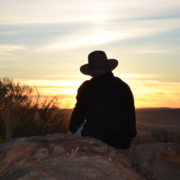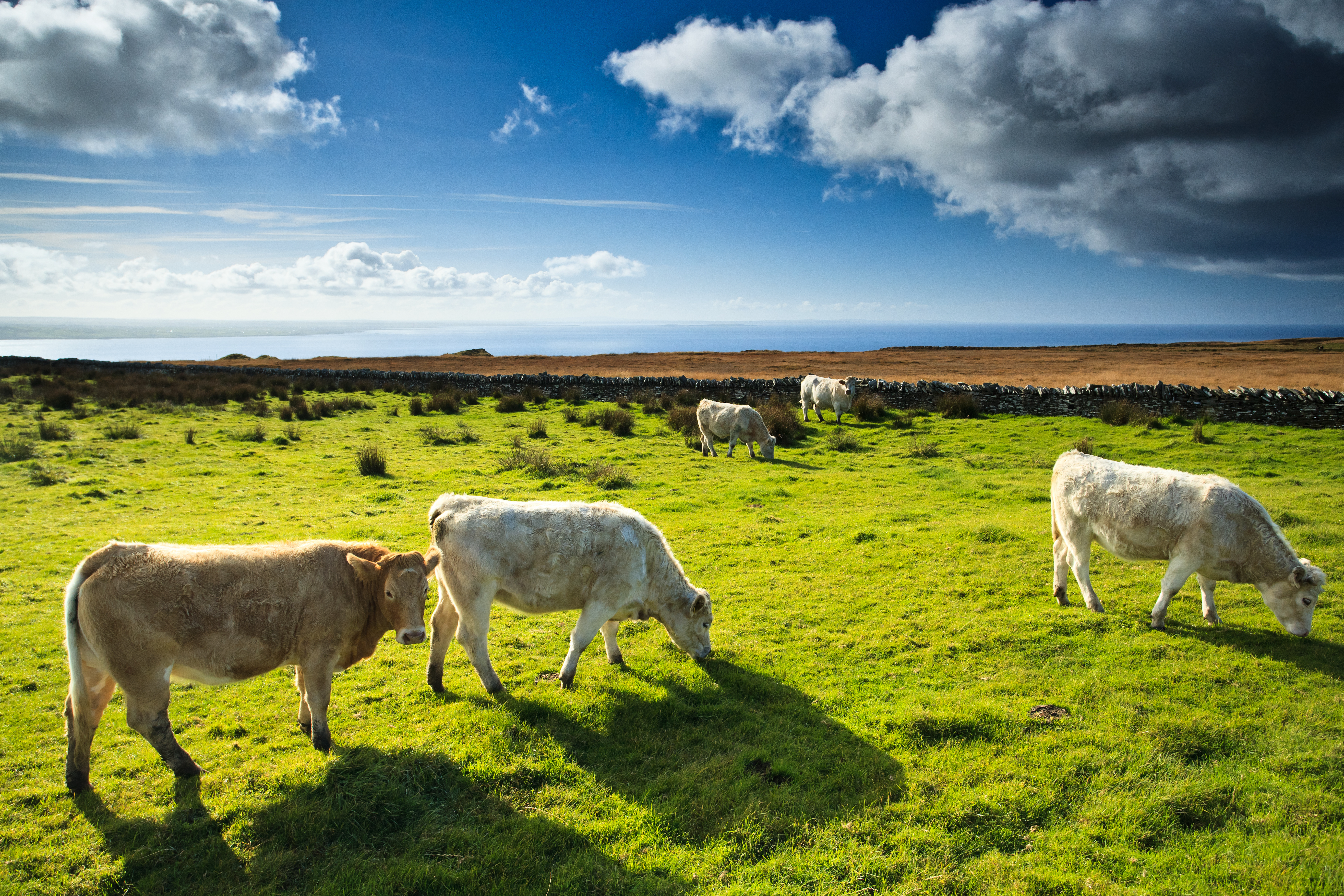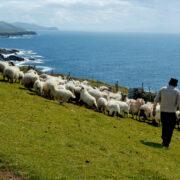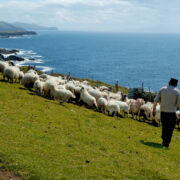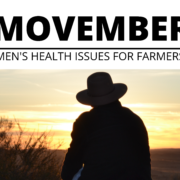What is the solution?
How to get the most from farming without letting it destroy your life: Part 3
So far I have highlighted some of the key challenges faced by farmers today. I have then gone on to discuss how these challenges can impact your life in so many ways. Here in Part 3, I want to begin to look at how you might go about finding a solution so that you can regain control, create a vision for your future and start to live the life you truly want.
What is the solution?
The answer to this question remains very much in your hands. You may need assistance in deciding what to do but it is important to consider your options. I suggest five steps to help you plan your journey to solving your problems.
To begin, you must get clear on what the challenges are and what are the problems this is causing in your life. To follow the advice of Dr. Stephen Covey in his famous book “The Seven Habits of Highly Effective People” you should “Begin with the End in Mind”. As you pinpoint the problem, you then can start visualizing the outcome you want as a solution to that problem. This solution is the end result.
As you get clear about the problem and what the end result or solution will look like, you need to draw up a list of goals that will help you achieve your desired result. These goals are a series of small manageable steps you need to take on your journey.
Next, you must identify options. These are the options available to you to enable you to achieve your goals.
Once you examine the options and choose which route to go, next you need to put an action plan in place.
Figure 1. Steps to solving your problem
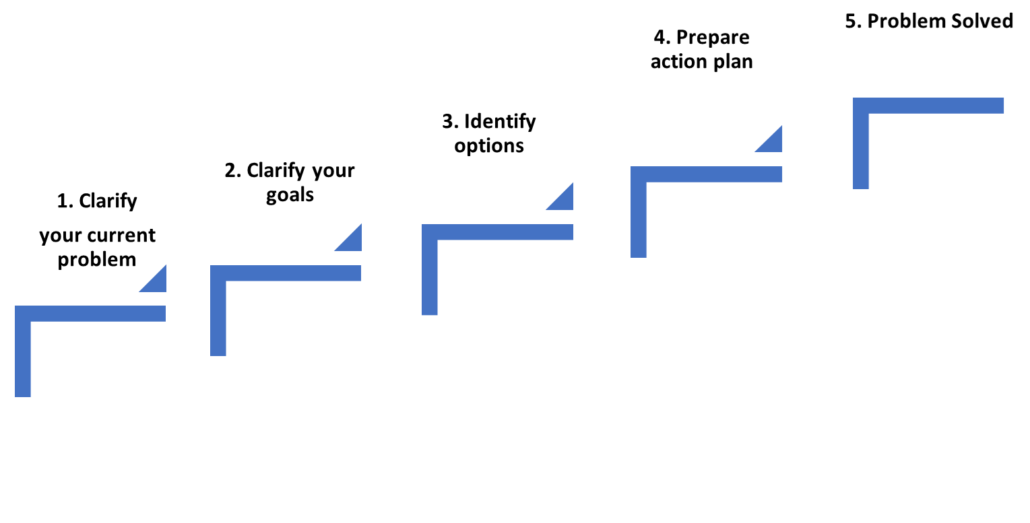
As this plan is implemented and your goals are achieved one by one, you will gradually see some improvements in your situation. You can then move on to solving another problem. But first, he must decide to take some action.
Having examined the challenges you face and discussed how these can have a very negative impact on many areas of your life, in part 3 of this article I have just identified a step-by-step process you might use to help bring about a solution. To help understand this process, in the remainder of this article, I will examine two different farmers to see how they might apply this process in their situations. I will look at one full-time dairy farmer and one part-time drystock farmer. I will begin in Part 4 with the full-time dairy farmer.




